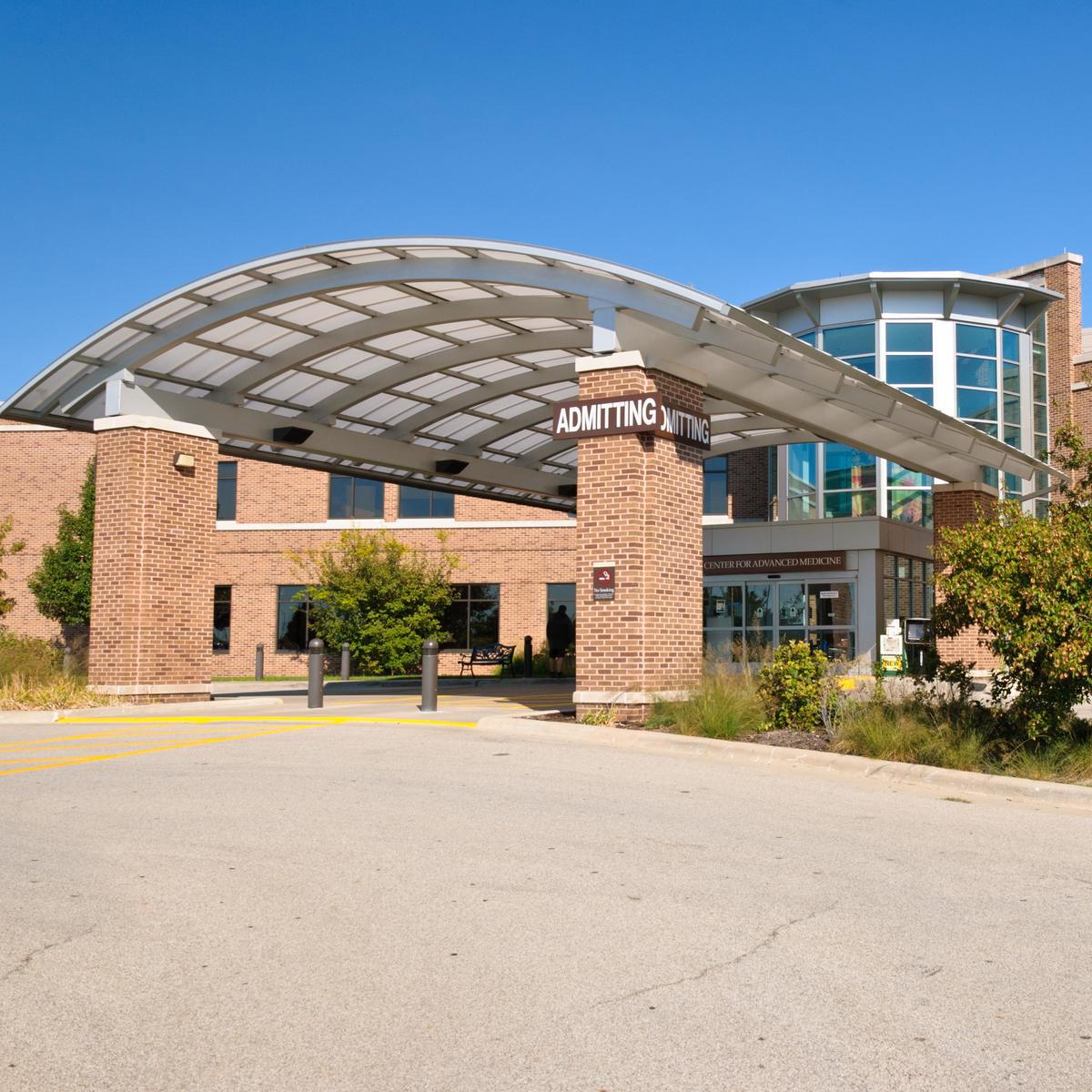CT (Computed Tomography or CAT Scan)
Preparation Instructions
- No solid food four hours prior to exam.
- No liquids two hours prior to exam.
- Follow smoothie prep instructions, if provided by your physician.
After registering at Admitting, you will be taken to the CT waiting room and given an armband.
The radiology technologist will come get you and ask you to put on a gown. For this procedure, you can bring a blanket or toy with you. Your parents will also be able to be in the room with you the entire time.
If your physician ordered a CT with contrast, this requires an IV. CT contrast is a clear water-like fluid that allows your insides to be seen on the X-ray.
An IV is like a straw that allows us to give you medicine during your exam. There will be a brief poke with a needle and then the straw-like tube will be taped to you arm. The poke might hurt, but it is very important that you hold very still.
Following the IV, you will go into a big room where your CT scan will be performed. In this room, you will see a long table and a machine that looks like a large donut.
The radiology technologist will ask you to lie on the table and put on an over-the-lap seat belt. If you have an IV, the technologist will hook a new tube to it in order to inject the contrast. It doesn’t hurt, but it may warm your body.
The table you are laying on will then move toward the donut-shaped machine depending on what body part needs scanned. Your job while lying on the table is to hold still while the donut machine takes your picture. It should last no longer than 10 minutes.
Your CT will be reviewed by a radiologist, a type of doctor who looks at X-rays. The radiologist will share what he sees with your primary doctor. Your doctor should have the results within 24 to 48 hours.
Post-Procedure Instructions
If you were required to have contrast during your test, drink plenty of fluid for two days after your test.
